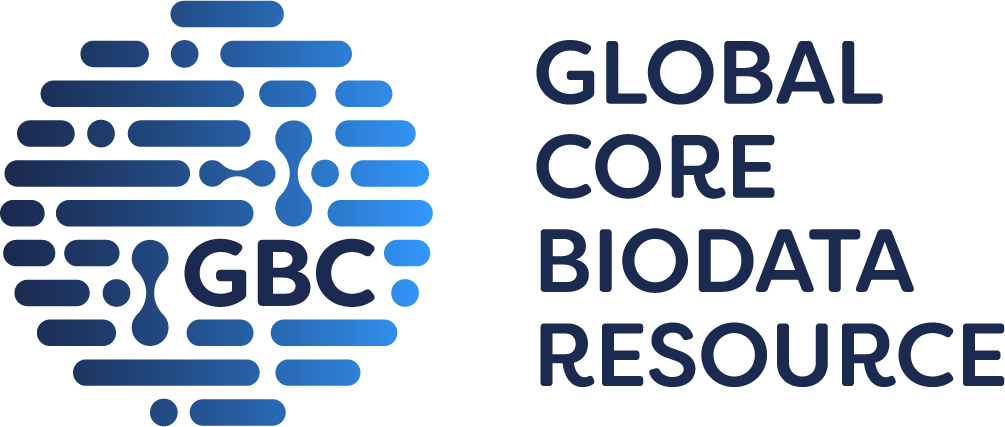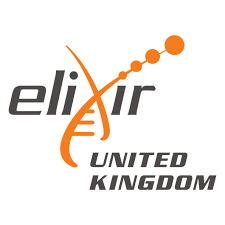
GtoPdb is requesting financial support from commercial users. Please see our sustainability page for more information.
Antibacterial Data In GtoPdb
Introduction
Modern medicine has been transformed by the discovery and use of antibacterial drugs, allowing the prevention and treatment of previously fatal infectious diseases and reducing the risk of infection following vital medical procedures. However, the future utility of these therapies is threatened by the growing challenge of antimicrobial resistance, which has been recognized by the World Health Organization (WHO) as a major global health threat [1]. The rapid spread of bacterial strains resistant to available antibacterial medicines is of particular concern, including the 'ESKAPE' pathogens (Enterococcus faecium, Staphylococcus aureus, Klebsiella pneumoniae, Acinetobacter baumannii, Pseudomonas aeruginosa, and Enterobacter spp.) that are responsible for many nosocomial infections [2-3].
IUPHAR/BPS Guide to Pharmacology (GtoPdb) collaborates with AntibioticDB (ADB; www.antibioticdb.com), an open-access database of antibacterial agents. The maintenance and further development of ADB has been supported by the Global Antibiotic Research and Development Partnership (GARDP; https://gardp.org/) since 2022. ADB was set up to serve as a reference and a source of starting points for future research and (re-)development of antibacterial therapeutics [4]. This collaboration has provided expert-driven oversight to increase the coverage of antibacterial compounds in GtoPdb.
Definition
An antibacterial agent is a substance that kills bacteria (bactericidal) or stops their growth (bacteriostatic). Where such compounds derive from bacteria or molds, they are typically referred to as antibiotics in the scientific literature (in colloquial use, ‘antibiotic’ and ‘antibacterial’ are considered synonymous terms).
Inclusion Criteria
Antibacterials will be prioritised for inclusion in the Guide to PHARMACOLOGY if:
- They constitute a single molecules
- The chemical structure is fully defined
- Antibacterial activity has been evaluated (minimum inhibitory concentration [MIC] values against relevant bacterial species)
- There is validated (preferably quantitative) evidence for the molecular target(s) through which the antibacterial effect is mediated
Compounds of undisclosed formulation or undefined mixtures of compounds will not be included.
Data Content
Breakdown of antibacterial data in GtoPdb:
All Antibacterials: 688
Antibacterials (Approved Drugs): 271
Cite this page
The information on this page is curated by the GtoPdb curation team at the University of Edinburgh. If the information is useful to you, please cite it by referring to our citation page.
- Ligands
- Targets
- Resources
- References / Further Reading
Resources
AntibioticDB, an open-access database of antibacterial agents
The Global Antibiotic Research & Development Partnership (GARDP) is a not-for-profit organization that accelerates the development and access of treatments for drug-resistant bacterial infections together with public, private and non-profit partners.
GARDP’s REVIVE supports the antimicrobial research and development community through open-access webinars, conferences, articles and other materials.
References
- Bertagnolio S, Dobreva Z, Centner CM, Olaru ID, Donà D, Burzo S, Huttner BD, Chaillon A, Gebreselassie N, Wi T, Hasso-Agopsowicz M et al.. WHO global research priorities for antimicrobial resistance in human health. Lancet Microbe. 2024 Nov;5(11):100902. doi: 10.1016/S2666-5247(24)00134-4. Epub 2024 Aug 13. [PMID: 39146948]
- Rice LB. (2008) Federal funding for the study of antimicrobial resistance in nosocomial pathogens: no ESKAPE. J Infect Dis, 197 (8): 1079-81. [PMID: 18419525]
- Tacconelli E, Carrara E, Savoldi A, Harbarth S, Mendelson M, Monnet DL, Pulcini C, Kahlmeter G, Kluytmans J, Carmeli Y et al.. (2018) Discovery, research, and development of new antibiotics: the WHO priority list of antibiotic-resistant bacteria and tuberculosis. Lancet Infect Dis, 18 (3): 318-327. [PMID: 29276051]
- L J Farrell, R Lo, J J Wanford, A Jenkins, A Maxwell, L J V Piddock (2018). Revitalizing the drug pipeline: AntibioticDB, an open access database to aid antibacterial research and development, Journal of Antimicrobial Chemotherapy, 73: 2284–2297. [PMID: 29897476]
Further Reading
- Cook MA, Wright GD. (2022) The past, present, and future of antibiotics. Sci Transl Med, 14 (657): eabo7793. [PMID: 35947678]
- Piddock LJV, Alimi Y, Anderson J, de Felice D, Moore CE, Røttingen JA, Skinner H, Beyer P. Advancing global antibiotic research, development and access. Nat Med. 2024 Sep;30(9):2432-2443. [PMID: 39227444]







